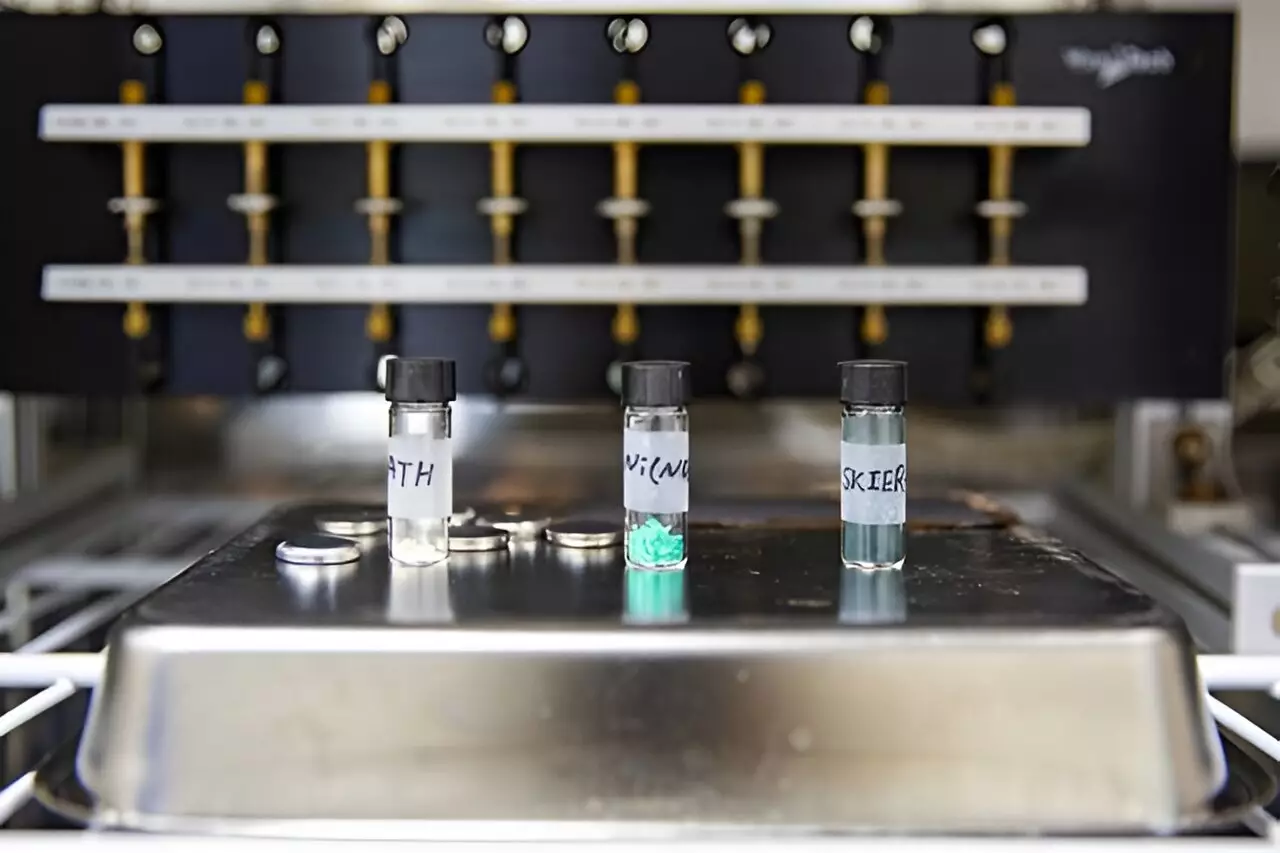The Korea Institute of Energy Research (KIER) has developed a groundbreaking redox-active metal-organic hybrid electrode material known as SKIER-5, specifically designed for Li batteries to remain stable even in cold conditions as low as minus 20 degrees Celsius. Unlike traditional graphite anodes, which face limitations under freezing conditions, SKIER-5 shows immense potential as a superior alternative for various applications, including electric vehicles, drones, and ultra-small electronic devices, particularly in low-temperature environments.
Graphite has been conventionally used as the material for anodes in lithium-ion batteries due to its thermodynamic stability and affordability. However, batteries with graphite anodes exhibit significant drawbacks under subzero temperatures, such as a sharp decrease in storage capacity and the formation of dendrites on the anode surface during charging. These issues can potentially lead to thermal runaway and even explosions, highlighting the urgent need for a more reliable alternative like SKIER-5.
Led by a dedicated research team consisting of Dr. Jungjoon Yoo, Dr. Kanghoon Yim, and Dr. Hyunuk Kim at KIER, the redox-active conductive metal-organic framework SKIER-5 was developed as a solution to the shortcomings of graphite anodes. Assembled from a trianthrene-based organic ligand and nickel ions, SKIER-5 demonstrated an impressive discharge capacity five times higher than that of graphite in subzero environments, providing a clear advantage in performance.
In a significant breakthrough, SKIER-5 achieved a discharge capacity of 440 mAh/g, surpassing the 375 mAh/g capacity of a graphite electrode at room temperature. Even more remarkable was the fact that after 1,600 charge-discharge cycles, the capacity increased by approximately 1.5 times, reaching 600 mAh/g. This exceptional result defied the typical trend of decreasing discharge capacity with repeated cycles, showcasing the remarkable endurance and efficiency of SKIER-5 as a Li battery anode.
Unlike graphite anodes, SKIER-5 involves nickel ions and heteroatoms (N, F, S)-based organic ligands that interact with Li ions to initiate redox reactions through electron transfer. This unique process allows for increased electron storage, resulting in a higher discharge capacity compared to traditional graphite. Notably, at minus 20 degrees Celsius, SKIER-5 achieved a discharge capacity of 150 mAh/g, a substantial improvement over graphite, thanks to its lower energy threshold for chemical reactions in cold environments.
The operating principle of SKIER-5 was validated through high flux X-ray analysis at the prestigious Pohang Accelerator Laboratory, confirming the redox mechanism and performance of the innovative material. Additionally, first-principles calculations based on quantum chemistry were utilized to determine the crystalline structure of SKIER-5 and predict lithium adsorption sites, theoretical capacity, and reaction voltage, providing further insight into the exceptional performance of SKIER-5 as a Li battery anode.
The development of SKIER-5 by KIER represents a significant advancement in Li battery technology, offering a reliable and efficient alternative to traditional graphite anodes, particularly in cold conditions. With its impressive discharge capacity, stability, and endurance, SKIER-5 has the potential to revolutionize the use of Li batteries in various applications, paving the way for a more sustainable and high-performance energy storage solution.


Leave a Reply